Introduction
The Keeshond is a popular, friendly, and intelligent breed.
- Despite their charm, they can face some health challenges
- Knowing these health issues helps ensure your Keeshond stays healthy
- With proper care, many of these conditions can be prevented or managed
- Early detection is key to prolonging your Keeshond’s quality of life
- Let's dive into the top 10 health concerns for the Keeshond and how to care for them
1. Hip Dysplasia
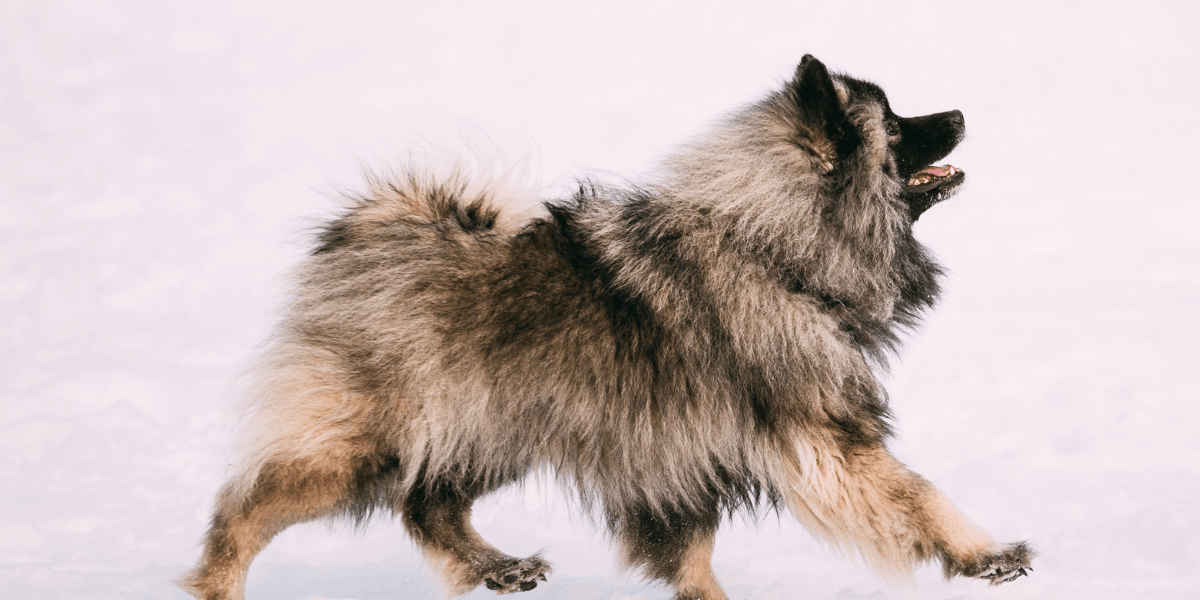
Hip dysplasia is a common issue in larger dogs, including the Keeshond.
- Cause: A genetic condition that affects the hip joint
- Symptoms: Limping, stiffness, and difficulty standing
- Prevention: Ensure a balanced diet and maintain a healthy weight
- Treatment: Anti-inflammatory medications or surgery may be needed
- Exercise: Regular low-impact activities can strengthen joints
- Diet: Feed high-quality foods to support joint health
- Breeding: Choose breeders who screen for hip dysplasia
- Vet Visits: Early diagnosis improves management of symptoms
2. Hypothyroidism

Hypothyroidism affects the thyroid gland and causes hormonal imbalance.
- Cause: The thyroid doesn’t produce enough hormones
- Symptoms: Weight gain, lethargy, and hair loss
- Diagnosis: Blood tests confirm thyroid hormone levels
- Treatment: Lifelong thyroid medication is required
- Diet: Ensure a balanced diet with proper nutrients
- Exercise: Keep your dog active to prevent weight gain
- Monitoring: Regular blood tests are needed for monitoring
- Breeding: Avoid breeding dogs with thyroid issues
3. Epilepsy
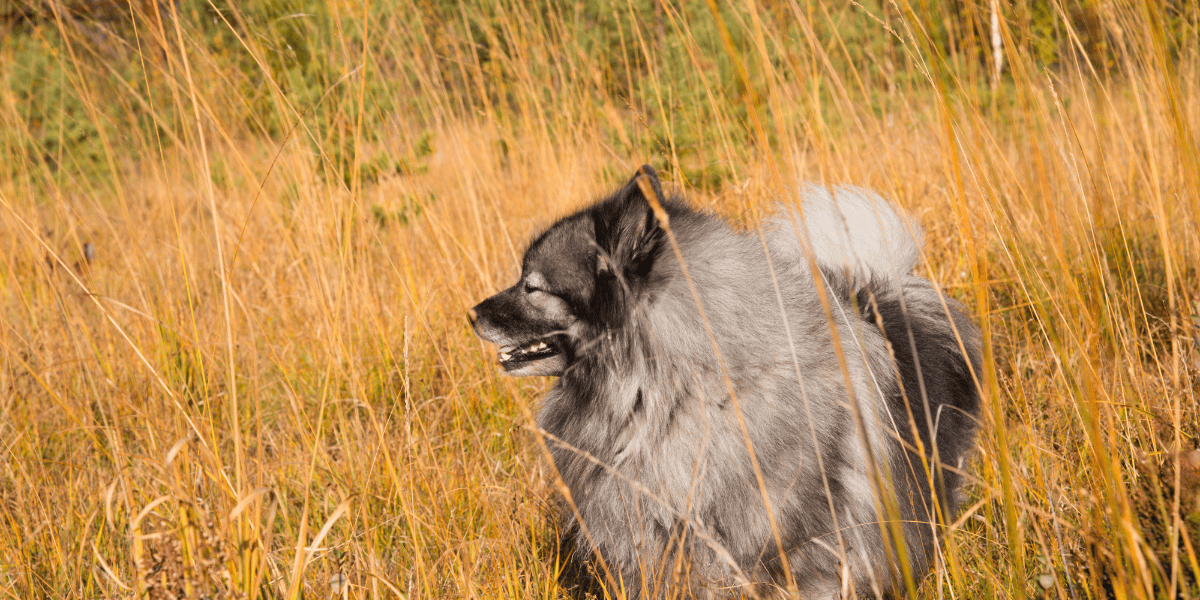
Epilepsy leads to recurring seizures in some Keeshond dogs.
- Cause: Genetic predisposition or unknown reasons
- Symptoms: Seizures and abnormal behavior during episodes
- Diagnosis: Vets may recommend MRI or other tests
- Treatment: Anti-seizure medications can manage symptoms
- Triggers: Minimize stress and excitement that may trigger seizures
- Exercise: Provide a safe environment during physical activities
- Monitoring: Record frequency and duration of seizures
- Breeding: Avoid breeding dogs with epilepsy
4. Progressive Retinal Atrophy (PRA)

PRA is an eye condition that leads to gradual blindness in dogs.
- Cause: Genetic condition affecting retinal cells
- Symptoms: Night blindness and eventual vision loss
- Diagnosis: Regular eye exams by a vet
- Treatment: There is no cure, but supplements may help
- Diet: Consider antioxidant-rich foods for eye health
- Exercise: Adjust routines to accommodate vision loss
- Environment: Make your home safe for visually impaired dogs
- Breeding: Use breeders who screen for PRA
Discover how Progressive Retinal Atrophy affects breeds like Great Danes; learn more about their health issues.
5. Patellar Luxation
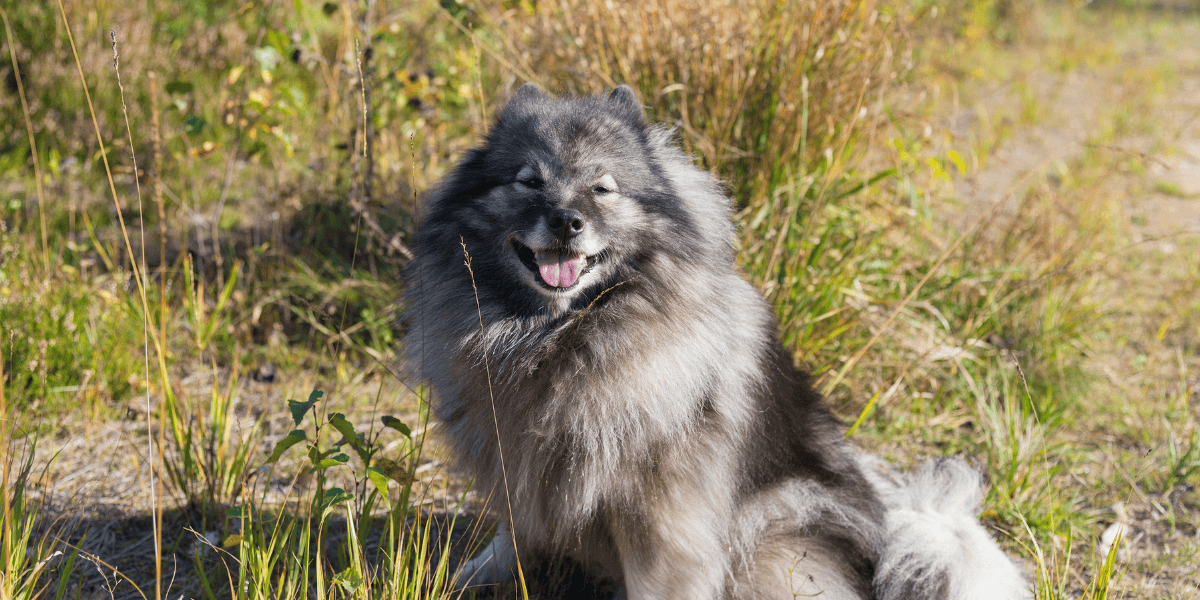
This condition occurs when the kneecap moves out of place.
- Cause: Genetic predisposition or trauma to the knee
- Symptoms: Limping, skipping steps, or favoring one leg
- Diagnosis: A physical exam and X-rays by a vet
- Treatment: Mild cases need rest; severe cases need surgery
- Exercise: Light exercise to prevent muscle atrophy
- Weight: Keep your dog at a healthy weight to reduce strain
- Breeding: Avoid breeding dogs with a history of patellar luxation
- Monitoring: Regular vet check-ups to assess knee stability
6. Allergies

They may suffer from environmental or food allergies.
- Cause: Reaction to allergens like pollen or certain foods
- Symptoms: Itching, skin irritation, and digestive issues
- Diagnosis: Allergy tests or elimination diets
- Treatment: Antihistamines or changes in diet help manage symptoms
- Diet: Feed a hypoallergenic diet if food allergies are suspected
- Environment: Keep your home clean to reduce allergens
- Grooming: Regular baths help remove environmental allergens
- Monitoring: Watch for seasonal flare-ups and adjust care
Uncover common allergies in breeds such as German Shepherds; stay informed about their health issues.
7. Von Willebrand’s Disease
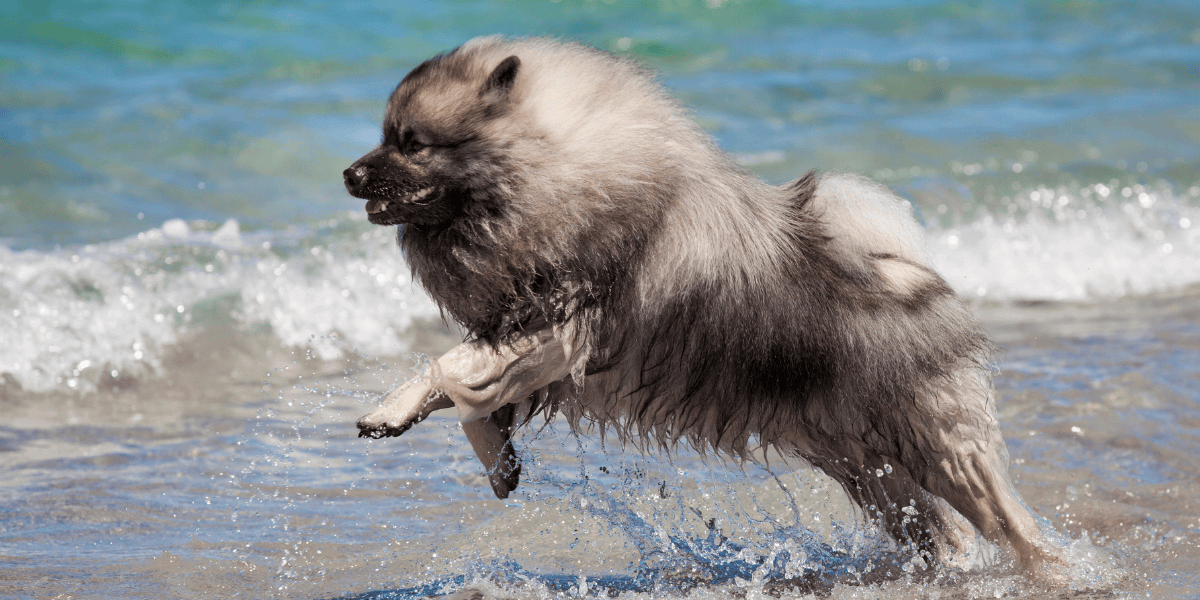
This is a blood clotting disorder that affects many dogs.
- Cause: An inherited condition affecting blood clotting proteins
- Symptoms: Excessive bleeding after injury or surgery
- Diagnosis: Blood tests confirm clotting issues
- Treatment: No cure, but medications can help during surgery
- Exercise: Avoid high-impact activities to prevent injuries
- Breeding: Test dogs before breeding to prevent passing on the condition
- Monitoring: Regular check-ups for bleeding disorders
- Prevention: Be cautious with surgery or dental work
8. Diabetes
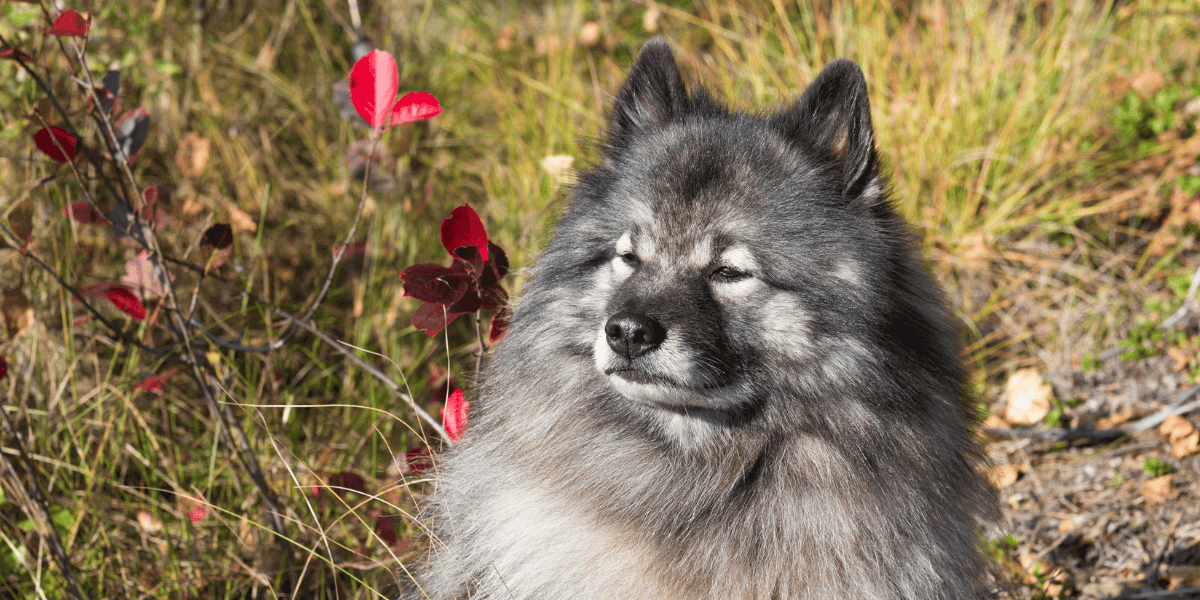
Keeshonds can develop diabetes, which affects insulin production.
- Cause: Genetic factors or obesity
- Symptoms: Increased thirst, weight loss, and frequent urination
- Diagnosis: Blood and urine tests are needed to confirm diabetes
- Treatment: Insulin injections are required for management
- Diet: Feed a low-sugar, high-fiber diet to help control glucose levels
- Exercise: Daily exercise helps regulate blood sugar
- Monitoring: Regular vet visits to check glucose levels
- Prevention: Maintain a healthy weight to reduce risk
Learn about managing diabetes in dogs and how a healthy diet can benefit breeds like German Shepherds.
9. Bloat (Gastric Dilatation-Volvulus)

Bloat is a life-threatening condition that affects the stomach.
- Cause: Stomach fills with gas and may twist
- Symptoms: Distended abdomen, restlessness, and vomiting
- Treatment: Immediate emergency surgery is needed
- Prevention: Feed smaller, frequent meals to reduce risk
- Exercise: Avoid exercise immediately after meals
- Diet: Feed a high-quality, easily digestible food
- Monitoring: Watch for signs of discomfort after eating
- Vet Visits: Early treatment is critical for survival
10. Cushing’s Disease
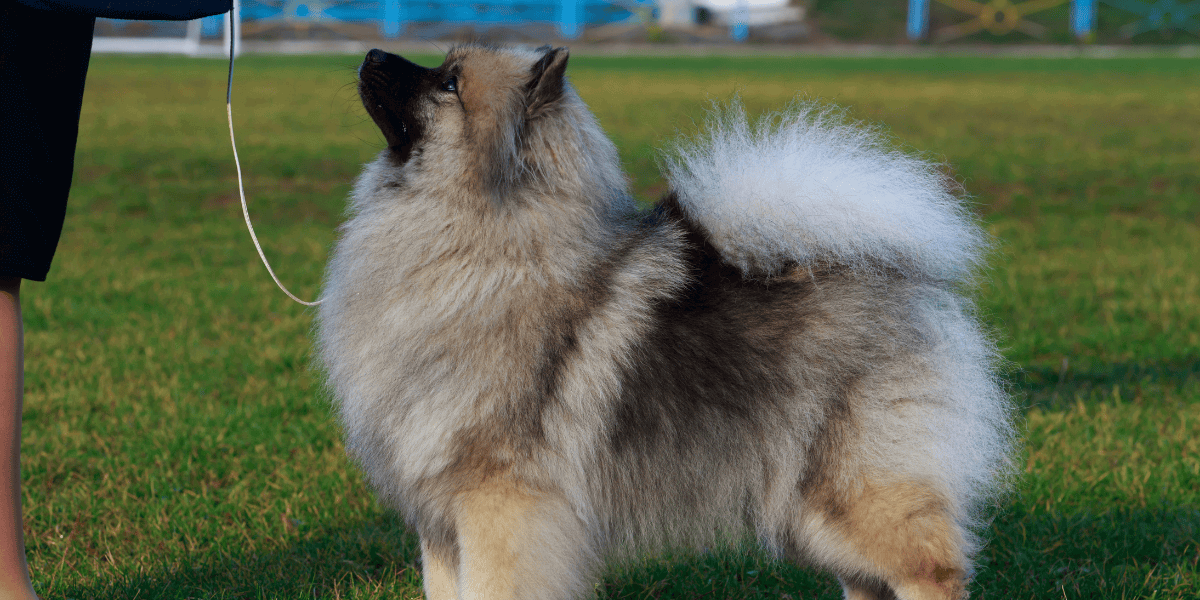
Cushing’s disease results from excess cortisol production.
- Cause: Tumors on the adrenal or pituitary glands
- Symptoms: Increased thirst, panting, and hair loss
- Diagnosis: Blood tests and imaging confirm Cushing’s disease
- Treatment: Medications or surgery depending on the cause
- Diet: Feed a low-fat diet to support overall health
- Exercise: Keep your dog active to maintain muscle mass
- Monitoring: Regular check-ups to adjust medication
- Prevention: Early diagnosis helps manage symptoms effectively
FAQs
1. How often should I take my Keeshond to the vet?
- Take your Keeshond for annual check-ups and any time symptoms arise
2. Can I prevent genetic conditions in my Keeshond?
- While you can’t prevent them, choosing responsible breeders helps
3. What diet is best for a Keeshond?
- A balanced, high-quality diet tailored to their size and activity level
4. Are Keeshonds prone to skin allergies?
- Yes, they may develop skin allergies and require special care
5. How do I manage my Keeshond’s weight?
- Regular exercise and a healthy, portion-controlled diet are key
6. What is the life expectancy of a Keeshond?
- The average lifespan is 12 to 15 years with proper care
7. Can I treat my Keeshond’s health problems at home?
- Many conditions require veterinary care, so consult your vet first
Conclusion
- Understanding common health issues is essential
- Early detection leads to better outcomes for your dog
- Regular vet visits and screenings are vital for prevention
- Feed a nutritious diet to support your dog's health
- Keep your dog active with daily walks and low-impact exercise
- Be proactive in monitoring and managing any health concerns



